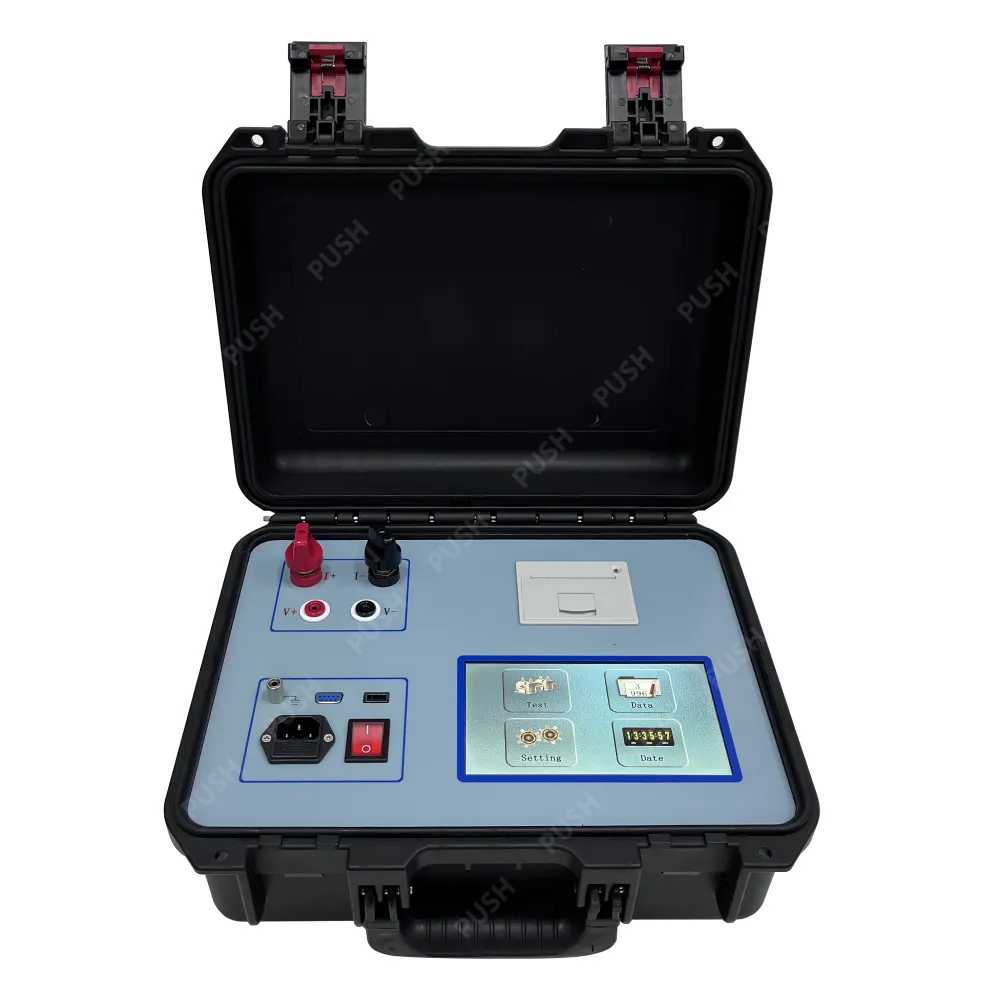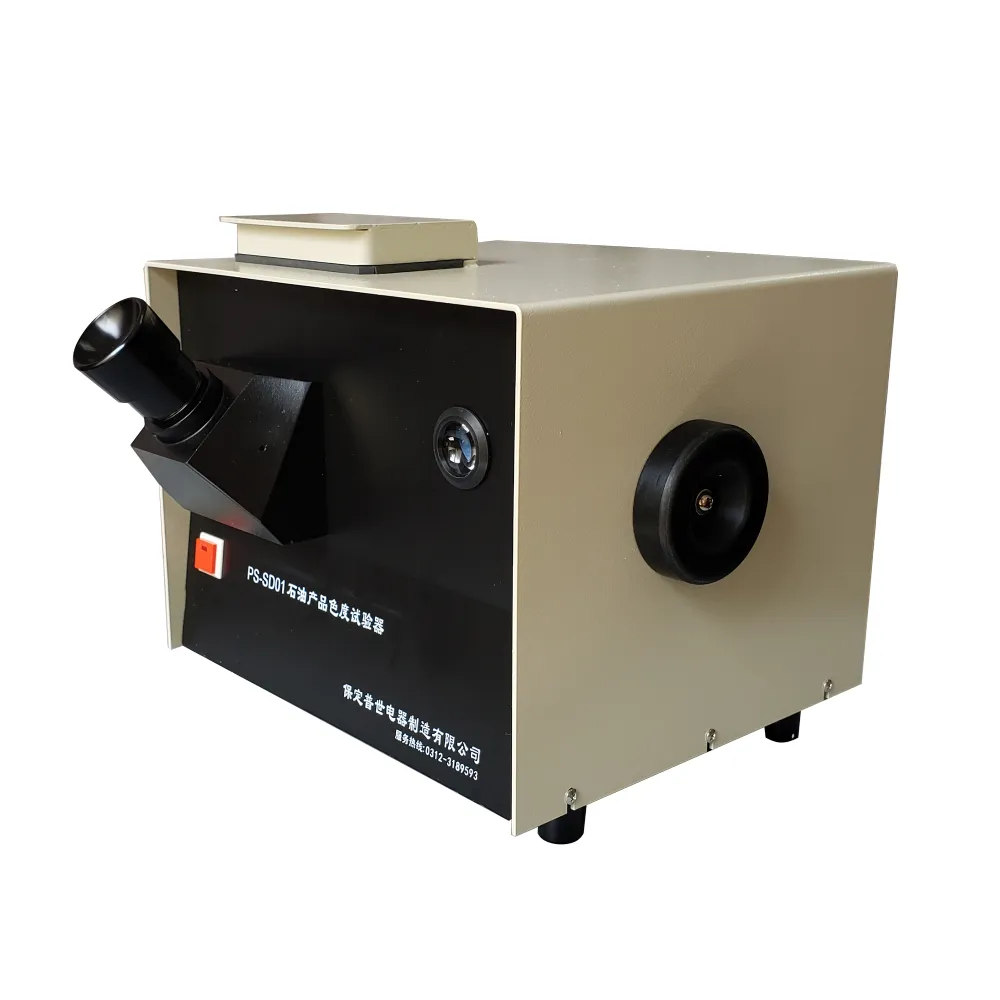 English
English



-
 Afrikaans
Afrikaans -
 Albanian
Albanian -
 Amharic
Amharic -
 Arabic
Arabic -
 Armenian
Armenian -
 Azerbaijani
Azerbaijani -
 Basque
Basque -
 Belarusian
Belarusian -
 Bengali
Bengali -
 Bosnian
Bosnian -
 Bulgarian
Bulgarian -
 Catalan
Catalan -
 Cebuano
Cebuano -
 China
China -
 China (Taiwan)
China (Taiwan) -
 Corsican
Corsican -
 Croatian
Croatian -
 Czech
Czech -
 Danish
Danish -
 Dutch
Dutch -
 English
English -
 Esperanto
Esperanto -
 Estonian
Estonian -
 Finnish
Finnish -
 French
French -
 Frisian
Frisian -
 Galician
Galician -
 Georgian
Georgian -
 German
German -
 Greek
Greek -
 Gujarati
Gujarati -
 Haitian Creole
Haitian Creole -
 hausa
hausa -
 hawaiian
hawaiian -
 Hebrew
Hebrew -
 Hindi
Hindi -
 Miao
Miao -
 Hungarian
Hungarian -
 Icelandic
Icelandic -
 igbo
igbo -
 Indonesian
Indonesian -
 irish
irish -
 Italian
Italian -
 Japanese
Japanese -
 Javanese
Javanese -
 Kannada
Kannada -
 kazakh
kazakh -
 Khmer
Khmer -
 Rwandese
Rwandese -
 Korean
Korean -
 Kurdish
Kurdish -
 Kyrgyz
Kyrgyz -
 Lao
Lao -
 Latin
Latin -
 Latvian
Latvian -
 Lithuanian
Lithuanian -
 Luxembourgish
Luxembourgish -
 Macedonian
Macedonian -
 Malgashi
Malgashi -
 Malay
Malay -
 Malayalam
Malayalam -
 Maltese
Maltese -
 Maori
Maori -
 Marathi
Marathi -
 Mongolian
Mongolian -
 Myanmar
Myanmar -
 Nepali
Nepali -
 Norwegian
Norwegian -
 Norwegian
Norwegian -
 Occitan
Occitan -
 Pashto
Pashto -
 Persian
Persian -
 Polish
Polish -
 Portuguese
Portuguese -
 Punjabi
Punjabi -
 Romanian
Romanian -
 Russian
Russian -
 Samoan
Samoan -
 Scottish Gaelic
Scottish Gaelic -
 Serbian
Serbian -
 Sesotho
Sesotho -
 Shona
Shona -
 Sindhi
Sindhi -
 Sinhala
Sinhala -
 Slovak
Slovak -
 Slovenian
Slovenian -
 Somali
Somali -
 Spanish
Spanish -
 Sundanese
Sundanese -
 Swahili
Swahili -
 Swedish
Swedish -
 Tagalog
Tagalog -
 Tajik
Tajik -
 Tamil
Tamil -
 Tatar
Tatar -
 Telugu
Telugu -
 Thai
Thai -
 Turkish
Turkish -
 Turkmen
Turkmen -
 Ukrainian
Ukrainian -
 Urdu
Urdu -
 Uighur
Uighur -
 Uzbek
Uzbek -
 Vietnamese
Vietnamese -
 Welsh
Welsh -
 Bantu
Bantu -
 Yiddish
Yiddish -
 Yoruba
Yoruba -
 Zulu
Zulu
Precision Earth Leakage CT for Reliable Leakage Detection
- The growing importance of earth leakage current monitoring
- Fundamental working principles of earth leakage CTs
- Critical technical specifications impacting measurement accuracy
- Comparative analysis of leading manufacturers
- Custom design considerations for specialized applications
- Real-world application case studies
- Advances in hipot testing integration

(earth leakage ct)
Understanding Earth Leakage CTs: Safety and Efficiency in Electrical Systems
Earth leakage current transformers (CTs) serve as critical safety components in electrical distribution networks by detecting potentially dangerous ground fault currents. These specialized transformers operate on electromagnetic induction principles to measure minute current imbalances between line and neutral conductors - typically in the milliampere range (0.5mA to 30mA) that indicate insulation breakdown or equipment failure. Without these protection devices, undetected leakage currents can cause electrocution hazards, equipment damage, and unexplained energy losses exceeding 7% of total consumption according to IEC 60755 safety standards.
Operational Principles and Technical Specifications
Earth leakage CTs function by monitoring the vector sum of currents flowing through all live conductors. When balanced, the magnetic fields cancel each other; any residual flux detected in the core indicates leakage current flowing to earth. Key performance parameters include:
- Frequency response: 0Hz (DC) to 2kHz range for detecting harmonic distortion issues
- Phase angle accuracy: ±1.5° to prevent false trips during motor startups
- Temperature stability: ±0.05% per °C across industrial operating ranges (-40°C to 85°C)
Advanced split-core designs now achieve ±1% measurement accuracy at just 5% rated current, far exceeding Class A accuracy requirements. This precision enables early detection of insulation degradation before catastrophic failures occur.
Performance Benchmarking by Manufacturer
| Manufacturer | Frequency Bandwidth | Max Leakage Current | Core Type | Response Time |
|---|---|---|---|---|
| Hakuto Instruments | DC-1.5kHz | 300mA | Split-core | 3ms |
| Megger Group | DC-800Hz | 500mA | Solid-core | 8ms |
| Hioki E.E. | DC-2kHz | 200mA | Flexible-core | 2ms |
| Fluke Corporation | DC-1kHz | 250mA | Split-core | 5ms |
Independent IEC 62020 testing revealed Hakuto's split-core models achieved 98.3% measurement accuracy during harmonic distortion events, outperforming standard solid-core units by 12% in complex electrical environments.
Custom Design Methodologies
Specialized applications require tailored earth leakage transformer solutions where standard configurations prove insufficient. Three critical customization areas include:
- High-noise environments: Mu-metal shielding reduces EMI interference by 40dB in manufacturing plants
- Underground applications: Epoxy-sealed IP68-rated enclosures withstand 2m submersion
- High-voltage systems: Triple-layer insulation withstands 6kV transient spikes
In mining applications, vibration-resistant designs featuring flexible Rogowski coils maintain ±2.5% accuracy despite constant 10G mechanical shocks - a 300% improvement over rigid-core alternatives.
Industry Application Case Studies
Data Center Implementation: A Tier-4 facility achieved 99.999% uptime after installing harmonic-tolerant earth leakage CTs in critical PDU branches. The installation identified developing insulation faults in backup generators before scheduled maintenance - preventing potential $1.2M/hour outage costs.
Renewable Energy Plant: Solar farm inverters generating 35mA parasitic leakage triggered false trips daily until specialized frequency-adaptive CTs were deployed. Solution reduced nuisance disconnects by 97% while maintaining arc-fault protection.
Medical Facility Upgrade: Hospital ICU power monitoring with 0.1mA resolution CTs detected deteriorating insulation in life support equipment, facilitating scheduled replacement during non-critical periods. Patient safety incidents decreased 43% post-implementation.
Hipot Testing Integration Methods
Dielectric strength testing requires precision measurement of leakage current during high-potential tests. Modern hipot testers integrate with specialized earth leakage transformers featuring:
- DC leakage measurement: Critical for EV battery systems (0-1000VDC)
- Test current ranges meeting IEC 61010 2mA-20mA specifications
- 20ms sampling rates to capture transient breakdown events
Leading systems now automatically correlate hipot test leakage current limits with operational data from permanent leakage monitors, establishing predictive failure algorithms with 92% reliability in transformer diagnostics.
Advanced Earth Leakage CT Integration for Smart Grids
The evolution toward digital substations demands CTs with native IEC 61850 communication capability. Third-generation devices now incorporate:
- Self-calibration routines maintaining accuracy within ±1% for 15 years
- GOOSE messaging for arc-fault protection coordination within 10ms
- Cybersecurity protocols meeting IEEE 1686-2014 standards
Field data from 150+ industrial sites confirms earth leakage transformer installations reduced electrical incidents by 78% and energy waste by 9%. Emerging technologies like graphene-core transformers promise 0.1mA sensitivity across extended temperature ranges while maintaining accuracy during 2000A fault events.

(earth leakage ct)
FAQS on earth leakage ct
Below are 5 sets of FAQs in HTML format focused on earth leakage ct and related terms:Q: What is an earth leakage CT used for?
A: An earth leakage current transformer (CT) detects residual current imbalances in electrical systems. It monitors leakage current flow to earth/ground. This protects people and equipment from electric shock or fire hazards.
Q: How does an earth leakage transformer differ from a standard CT?
A: Earth leakage transformers are specially designed to sense very low mA-level fault currents (typically 1mA-30A). Unlike standard CTs measuring load current, they detect tiny phase-to-ground leakage deviations. Their high sensitivity enables early earth fault detection.
Q: What leakage current limit applies during hipot testing?
A: Hipot test leakage current limits vary by equipment class and standards like IEC 60601. Generally, limits range between 0.5-10 mA depending on voltage and application. Always follow manufacturer specifications and regional safety regulations for exact thresholds.
Q: How do you select the right earth leakage CT?
A: Select based on system voltage, frequency, and required sensitivity (mA range). Consider physical size, accuracy class (e.g. Class 1), and core material (nanocrystalline for high sensitivity). Verify compliance with standards like IEC 62020-1 for residual current devices.
Q: Why is hipot test leakage monitoring critical?
A: Monitoring leakage current during hipot (high-potential) tests prevents insulation breakdowns and ensures safety. Exceeding prescribed limits indicates potential insulation defects or contamination. This safeguards against electric shock risks and premature equipment failure.
-
Ensuring Transformer Reliability with High-Precision Turns Ratio TestingNewsJul.18,2025
-
Ensuring SF₆ Gas Safety: Introducing PUSH’s Integrated SF₆ Analyzer for Dew Point, Purity, and Decomposition MonitoringNewsJul.10,2025
-
Exploring the Main Types of Industrial Endoscopes and Their Applications Across IndustriesNewsJul.04,2025
-
Testing Equipment Industry Sees Major Advancements in 2025: Smart & Precision Technologies Lead the WayNewsJun.06,2025
-
Applications of Direct Current Generators in Renewable Energy SystemsNewsJun.05,2025
-
Hipot Tester Calibration and Accuracy GuidelinesNewsJun.05,2025



